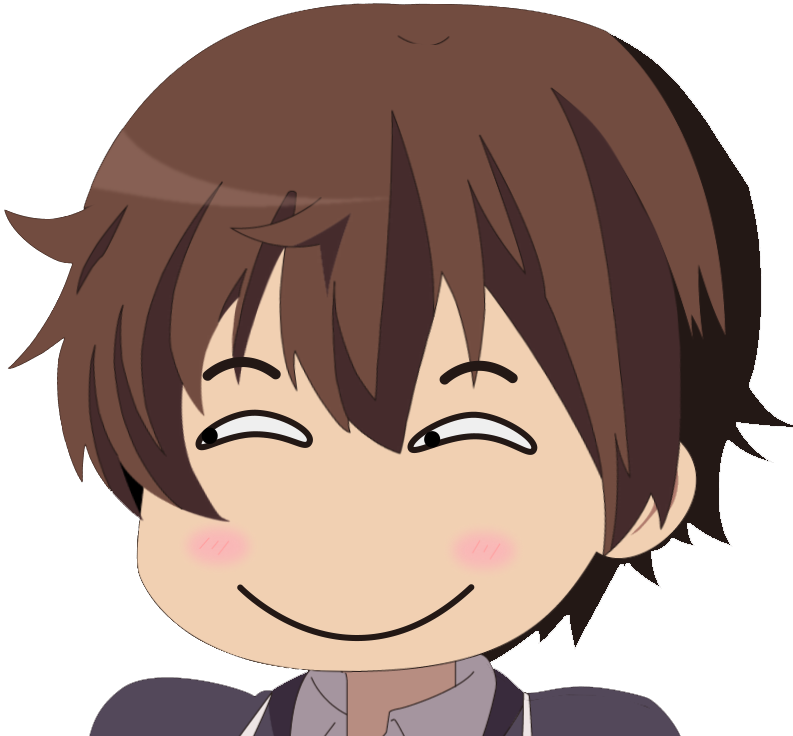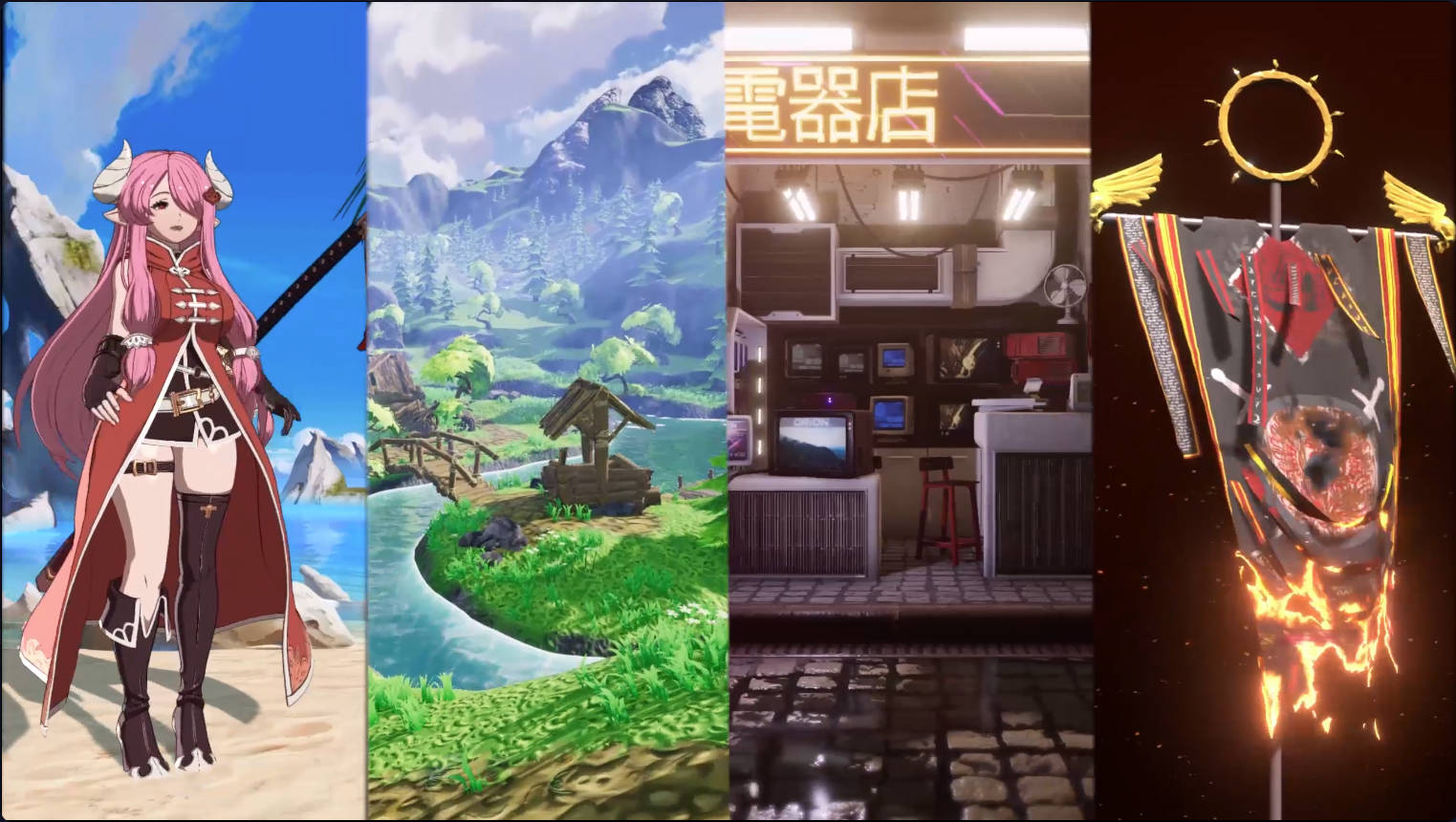1
2
3
4
5
6
7
8
9
10
11
12
13
14
15
16
17
18
19
20
21
22
23
24
25
26
27
28
29
30
31
32
33
34
35
36
37
38
39
40
41
42
43
44
45
46
47
48
49
50
51
52
53
54
55
56
57
58
59
60
61
62
63
64
65
66
67
68
69
70
71
72
73
74
75
76
77
78
79
80
81
82
83
84
85
86
87
88
89
90
91
92
93
94
95
96
97
98
99
100
101
102
103
104
105
106
107
108
109
110
111
112
113
114
115
116
117
118
119
120
121
122
123
124
125
126
127
128
129
130
131
132
133
134
135
136
137
138
139
140
141
142
143
144
145
146
147
148
149
150
151
152
153
154
155
156
157
158
159
160
161
162
163
164
165
166
167
168
169
170
171
172
173
174
175
176
177
178
179
180
181
182
183
184
185
186
187
188
189
190
191
192
193
194
195
196
197
198
199
200
201
202
203
204
205
206
207
208
209
210
211
212
213
214
215
216
217
218
219
220
221
222
223
224
225
226
227
228
229
230
231
232
233
234
235
236
237
238
239
240
241
242
243
244
245
246
247
248
249
250
251
252
253
254
255
256
257
258
259
260
261
262
263
264
265
| using System;
using System.Collections.Generic;
using UnityEngine;
using UnityEngine.UI;
public class HighlightModule : Graphic, ICanvasRaycastFilter
{
public bool CanClick { get; set; }
private readonly Vector2[] _outer = new Vector2[4];
private readonly Vector2[] _inner = new Vector2[4];
public RectTransform[] TargetUI { get; private set; }
public Camera CurrentCamera { get; private set; }
public bool IsValid { get; private set; }
public bool IsInValidRange { get; private set; }
private Vector2 _targetLocalPos;
private Vector3 _lastTargetPos;
private Vector2 _lastTargetSize;
private Vector3 _curTargetPos;
private Vector2 _curTargetSize;
float _leftX, _rightX, _bottomY, _topY;
private Button _selfButton;
public Button SelfButton
{
get
{
if (_selfButton == null)
{
if (!TryGetComponent(out _selfButton))
{
_selfButton = gameObject.AddComponent<Button>();
}
}
return _selfButton;
}
}
public void Init(RectTransform targetUI, Camera currentCamera, System.Action clickAction)
{
Init(new RectTransform[] {targetUI},currentCamera, clickAction);
}
public void Init(RectTransform[] targetUIs, Camera currentCamera, System.Action clickAction)
{
TargetUI = targetUIs;
CurrentCamera = currentCamera;
color = new Color32(0, 0, 0, 190);
SelfButton.onClick.RemoveAllListeners();
AddButtonListener(clickAction);
}
public void AddButtonListener(System.Action onClick)
{
SelfButton.onClick.AddListener(() => onClick.Invoke());
}
private void Update()
{
if (CurrentCamera == null || !JudgeTargetValid())
{
if (IsValid)
{
SetAllDirty();
}
IsValid = false;
return;
}
if (!IsValid)
{
IsValid = true;
SetAllDirty();
}
GetValidRectData();
JudgeChange();
}
private bool JudgeTargetValid()
{
if (TargetUI == null || TargetUI.Length == 0)
return false;
bool isValid = false;
foreach (Transform t in TargetUI)
{
if (t.gameObject.activeSelf)
{
isValid = true;
break;
}
}
return isValid;
}
private void JudgeChange()
{
if (_lastTargetPos != _curTargetPos || _lastTargetSize != _curTargetSize)
{
_lastTargetPos = _curTargetPos;
_lastTargetSize = _curTargetSize;
RectTransformUtility.ScreenPointToLocalPointInRectangle(
rectTransform,
RectTransformUtility.WorldToScreenPoint(CurrentCamera, _lastTargetPos),
CurrentCamera,
out _targetLocalPos
);
SetAllDirty();
}
}
private void GetValidRectData()
{
List<float> pointsX = new();
List<float> pointsY = new();
Tuple<float[], float[]> tuple;
foreach (RectTransform rect in TargetUI)
{
tuple = GetRectCornerPoints(rect);
pointsX.AddRange(tuple.Item1);
pointsY.AddRange(tuple.Item2);
}
var arrayX = pointsX.ToArray();
var arrayY = pointsY.ToArray();
_leftX = Mathf.Min(arrayX);
_rightX = Mathf.Max(arrayX);
_bottomY = Mathf.Min(arrayY);
_topY = Mathf.Max(arrayY);
_curTargetSize = new Vector2(_rightX - _leftX, _topY - _bottomY);
_curTargetPos = new Vector3(_leftX + _curTargetSize.x * 0.5f, _bottomY + _curTargetSize.y * 0.5f);
}
private Tuple<float[],float[]> GetRectCornerPoints(RectTransform rect)
{
float[] cornerX = new float[2];
float[] cornerY = new float[2];
float width = rect.rect.width * rect.localScale.x;
float height = rect.rect.height * rect.localScale.y;
cornerX[0] = rect.position.x - width * 0.5f;
cornerX[1] = rect.position.x + width * 0.5f;
cornerY[0] = rect.position.y - height * 0.5f;
cornerY[1] = rect.position.y + height * 0.5f;
return new Tuple<float[], float[]>(cornerX,cornerY);
}
public bool IsRaycastLocationValid(Vector2 sp, Camera eventCamera)
{
if (!CanClick || !JudgeTargetValid())
return true;
IsInValidRange = false;
IsInValidRange = JudgePointInInnerRect(sp);
return !IsInValidRange;
}
private bool JudgePointInInnerRect(Vector3 point)
{
return point.x >= _leftX && point.x <= _rightX && point.y >= _bottomY && point.y <= _topY;
}
protected override void OnPopulateMesh(VertexHelper vh)
{
vh.Clear();
if (!IsValid) { return; }
UpdateVertexData();
AddVertices(_outer, vh);
AddVertices(_inner, vh);
int count = 4;
for (int i = 0; i < count; ++i)
{
AddTriangles(vh, i, count);
}
}
private void AddVertices(Vector2[] vertices, VertexHelper vh)
{
for (int i = 0; i < vertices.Length; i++)
{
UIVertex vertex = new()
{
position = vertices[i],
color = color
};
vh.AddVert(vertex);
}
}
private void AddTriangles(VertexHelper vh, int startIndex, int count)
{
int outerEnd = GetValidIndex(startIndex + 1, count);
int innerEnd = GetValidIndex(startIndex + count + 1, count);
vh.AddTriangle(startIndex, outerEnd, startIndex + count);
vh.AddTriangle(innerEnd, startIndex + count, outerEnd);
}
private int GetValidIndex(int current, int count)
{
if (current % count != 0) return current;
else return (current / count - 1) * count;
}
private void UpdateVertexData()
{
float outerLeftX = -rectTransform.pivot.x * rectTransform.rect.width;
float outerRightX = (1 - rectTransform.pivot.x) * rectTransform.rect.width;
float outerBottomY = -rectTransform.pivot.y * rectTransform.rect.height;
float outerUpperY = (1 - rectTransform.pivot.y) * rectTransform.rect.height;
_outer[0] = new Vector2(outerLeftX, outerBottomY);
_outer[1] = new Vector2(outerLeftX, outerUpperY);
_outer[2] = new Vector2(outerRightX, outerUpperY);
_outer[3] = new Vector2(outerRightX, outerBottomY);
float width = _curTargetSize.x;
float height = _curTargetSize.y;
float innerLeftX = _targetLocalPos.x - width * 0.5f;
float innerRightX = _targetLocalPos.x + width * 0.5f;
float innerBottomY = _targetLocalPos.y - height * 0.5f;
float innerUpperY = _targetLocalPos.y + height * 0.5f;
_inner[0] = new Vector2(innerLeftX, innerBottomY);
_inner[1] = new Vector2(innerLeftX, innerUpperY);
_inner[2] = new Vector2(innerRightX, innerUpperY);
_inner[3] = new Vector2(innerRightX, innerBottomY);
}
}
|



